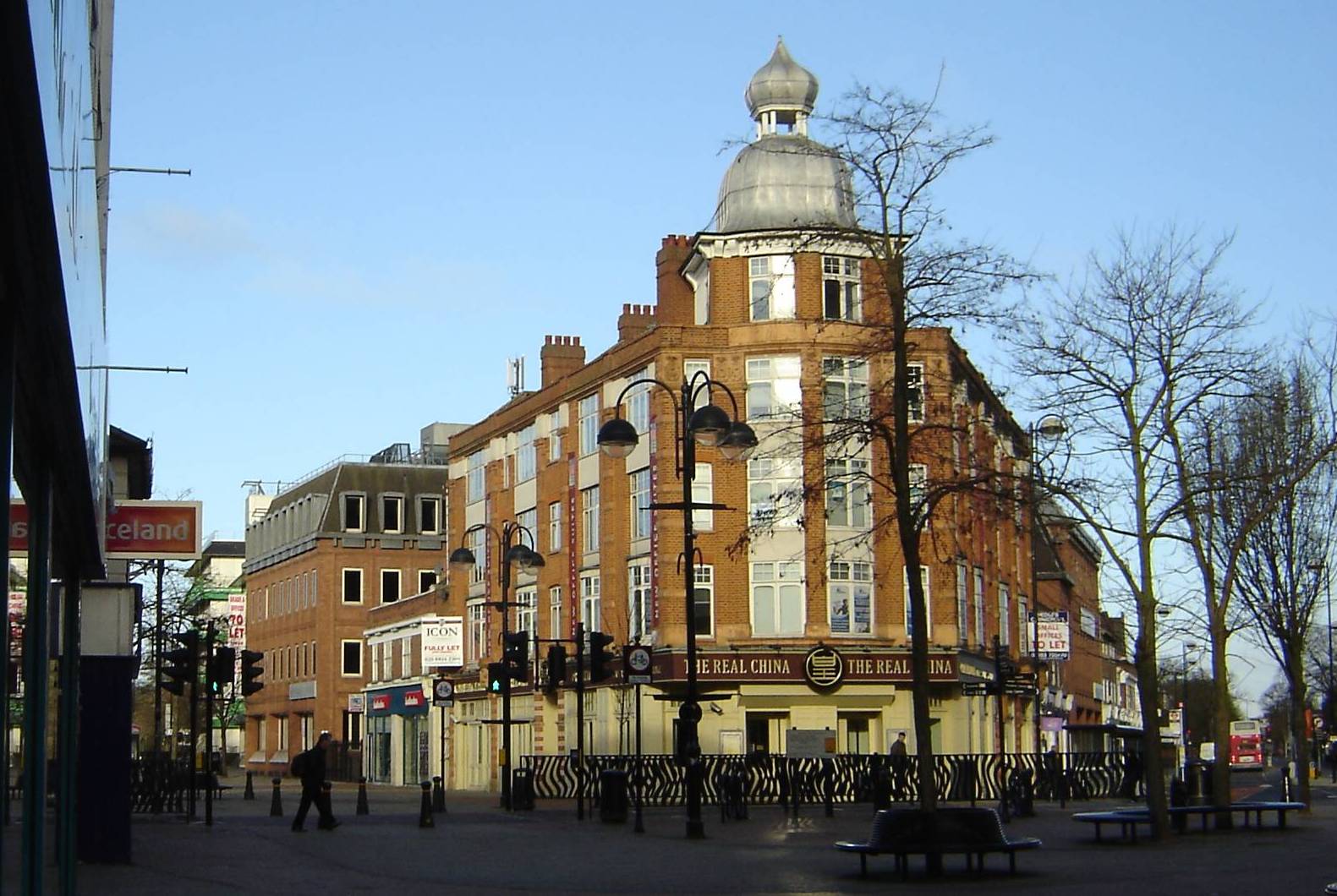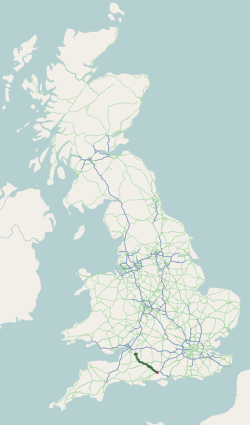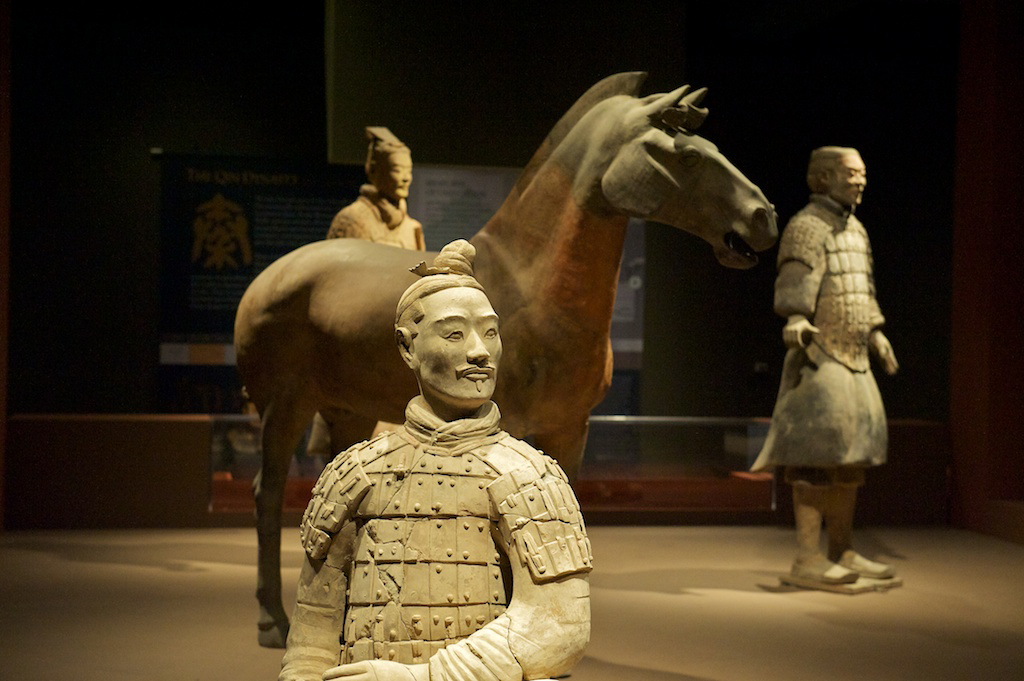|
Althea Wynne
Althea Kathleen Wynne (6 October 1936 – 24 January 2012), also known by her married names of Dresman and Barrington Brown, was an English sculptor and art teacher, and a Fellow of the Royal British Society of Sculptors. She specialized in creating large figurative work for gardens and public open spaces. Early life Born at Biggleswade, Wynne was the daughter of Group Captain Frederick Robert Wynne by his marriage in 1926 to Kathleen Anne Pole Stuart, and had an older brother and sister. Her grandparents were Dr and Mrs F. E. Wynne, of Sheffield, and Lieutenant Colonel and Mrs Reginald Pole Stuart, of Folkestone. Her Stuart grandfather was the grandson of William Stuart (1798–1874), Sir William Stuart (1798–1874), himself the son of William Stuart (bishop), William Stuart, Archbishop of Armagh, and grandson of John Stuart, 3rd Earl of Bute, sometime Prime Minister, and his grandmother was Henrietta Maria Sarah, a daughter of Admiral of the Fleet (Royal Navy), Admiral of ... [...More Info...] [...Related Items...] OR: [Wikipedia] [Google] [Baidu] |
Biggleswade
Biggleswade ( ) is a market town and civil parish in Central Bedfordshire in Bedfordshire, England. It lies on the River Ivel, 11 miles (18 km) south-east of Bedford. Its population was 16,551 in the 2011 United Kingdom census, This figure increased by 36% to 22,541 at the time of the 2021 United Kingdom census. Evidence of settlement in the area goes back to the Neolithic period, but it is likely that the town as such was founded by Anglo-Saxons. A gold Anglo-Saxon coin was found on a footpath beside the River Ivel in 2001. The British Museum bought the coin in February 2006 and at the time, it was the most expensive British coin purchased. A charter to hold a market was granted by John, King of England, King John in the 13th-century. In 1785 a great fire devastated the town. The Great North Road (Great Britain), Great North Road passed through until a bypass was completed in 1961. A railway station was opened in 1850. From the 1930s to the late 1990s, manufacturing prov ... [...More Info...] [...Related Items...] OR: [Wikipedia] [Google] [Baidu] |
The Daily Telegraph
''The Daily Telegraph'', known online and elsewhere as ''The Telegraph'', is a British daily broadsheet conservative newspaper published in London by Telegraph Media Group and distributed in the United Kingdom and internationally. It was founded by Arthur B. Sleigh in 1855 as ''The Daily Telegraph and Courier''. ''The Telegraph'' is considered a newspaper of record in the UK. The paper's motto, "Was, is, and will be", was included in its emblem which was used for over a century starting in 1858. In 2013, ''The Daily Telegraph'' and ''The Sunday Telegraph'', which started in 1961, were merged, although the latter retains its own editor. It is politically conservative and supports the Conservative Party (UK), Conservative Party. It was moderately Liberalism, liberal politically before the late 1870s.Dictionary of Nineteenth Century Journalismp 159 ''The Telegraph'' has had a number of news scoops, including the outbreak of World War II by rookie reporter Clare Hollingworth, desc ... [...More Info...] [...Related Items...] OR: [Wikipedia] [Google] [Baidu] |
Equestrian Statue
An equestrian statue is a statue of a rider mounted on a horse, from the Latin ''eques'', meaning 'knight', deriving from ''equus'', meaning 'horse'. A statue of a riderless horse is strictly an equine statue. A full-sized equestrian statue is a difficult and expensive object for any culture to produce, and figures have typically been portraits of rulers or, in the Renaissance and more recently, military commanders. Although there are outliers, the form is essentially a tradition in Western art, used for imperial propaganda by the Roman emperors, with a significant revival in Italian Renaissance sculpture, which continued across Europe in the Baroque, as mastering the large-scale casting of bronze became more widespread, and later periods. Statues at well under life-size have been popular in various materials, including porcelain, since the Renaissance. The riders in these may not be portraits, but figures from classical mythology or generic figures such as Native Americans in t ... [...More Info...] [...Related Items...] OR: [Wikipedia] [Google] [Baidu] |
Hounslow
Hounslow ( ) is a large suburban district of West London, England, west-southwest of Charing Cross. It is the administrative centre of the London Borough of Hounslow, and is identified in the London Plan as one of the 14 metropolitan centres in Greater London. It is bounded by Isleworth to the east, Twickenham to its south, Feltham to its west and Southall to its north. The Hounslow post town covers the TW postcode area, TW3, TW4, TW5 and TW6 postcodes. Most of the post town is in the London Borough of Hounslow, but parts fall within the London Borough of Richmond upon Thames and the London Borough of Hillingdon, notably including Heathrow Airport. History Etymology In old records, Hounslow is spelt 'Hundeslow' which points to the Anglo-Saxon phrase Hundes hlāw''', translating to 'the Hound's barrow' or more accurately 'the barrow of a man named or nicknamed Hound'. Hounslow Town Hounslow was centred around the Holy Trinity Priory founded in 1211. The priory de ... [...More Info...] [...Related Items...] OR: [Wikipedia] [Google] [Baidu] |
Etruscan Art
Etruscan art was produced by the Etruscan civilization in central Italy between the 10th and 1st centuries BC. From around 750 BC it was heavily influenced by Greek art, which was imported by the Etruscans, but always retained distinct characteristics. Particularly strong in this tradition were figurative sculpture in terracotta (especially life-size on sarcophagi or temples), wall-painting and metalworking especially in bronze. Jewellery and engraved gems of high quality were produced. Etruscan sculpture in cast bronze was famous and widely exported, but relatively few large examples have survived (the material was too valuable, and recycled later). In contrast to terracotta and bronze, there was relatively little Etruscan sculpture in stone, despite the Etruscans controlling fine sources of marble, including Carrara marble, which seems not to have been exploited until the Romans. The great majority of survivals came from tombs, which were typically crammed with sarcophag ... [...More Info...] [...Related Items...] OR: [Wikipedia] [Google] [Baidu] |
Classical Antiquity
Classical antiquity, also known as the classical era, classical period, classical age, or simply antiquity, is the period of cultural History of Europe, European history between the 8th century BC and the 5th century AD comprising the interwoven civilizations of ancient Greece and ancient Rome, Rome known together as the Greco-Roman world, centered on the Mediterranean Basin. It is the period during which ancient Greece and Rome flourished and had major influence throughout much of Europe, North Africa, and West Asia. Classical antiquity was succeeded by the period now known as late antiquity. Conventionally, it is often considered to begin with the earliest recorded Homeric Greek, Epic Greek poetry of Homer (8th–7th centuries BC) and end with the fall of the Western Roman Empire in 476 AD. Such a wide span of history and territory covers many disparate cultures and periods. ''Classical antiquity'' may also refer to an idealized vision among later people of what was, in Ed ... [...More Info...] [...Related Items...] OR: [Wikipedia] [Google] [Baidu] |
Construction Aggregate
Construction aggregate, or simply aggregate, is a broad category of coarse- to medium-grained particulate material used in construction. Traditionally, it includes natural materials such as sand, gravel, crushed stone. As with other types of aggregates, it is a component of composite materials, particularly concrete and asphalt. Aggregates are the most mined materials in the world,Introduction (1): What are Aggregates? « Herefordshire & Worcestershire Earth Heritage TrustIntroduction (1): What are Aggregates? « Herefordshire & Worcestershire Earth Heritage Trust, accessdate: March 23, 2017Define Aggregate at Dictionary.comaggregate accessdate: March 23, 2017 being a significant part of 6 billion tons of concrete produced per year. Aggregate serves as reinforcement to add strength to the resulting material. Due to the relatively high hydraulic conductivity as compared to most soil types, aggregates are widely used in drainage applications such as foundation and French drain ... [...More Info...] [...Related Items...] OR: [Wikipedia] [Google] [Baidu] |
Windsor Great Park
Windsor Great Park is a Royal Park of to the south of the town of Windsor, Berkshire, Windsor on the border of Berkshire and Surrey in England. It is adjacent to the private Home Park, Windsor, Home Park, which is nearer the castle. The park was, for many centuries, the private hunting ground of Windsor Castle, which dates primarily from the mid-13th century and still includes a Deer park (England), deer park. Historically the park covered an area many times the current size known as Windsor Forest, Windsor Royal Park or its current name. The park is managed and funded by the Crown Estate, and is the only royal park not managed by The Royal Parks. Most parts of the park are open to the public, free of charge, from dawn to dusk, although there is a charge to enter Savill Garden. Except for a brief period of privatisation by Oliver Cromwell to pay for the English Civil War, the area remained the personal property of the monarch until the reign of George III when control over al ... [...More Info...] [...Related Items...] OR: [Wikipedia] [Google] [Baidu] |
Windsor Grey
Windsor Grey is a moniker for the grey horses used by the British monarchy to pull carriages and state coaches in ceremonial processions such as those for coronations, royal weddings, Trooping the Colour, and the opening of Parliament. They are named for Windsor Castle where they were originally stabled, though today they live at the Royal Mews near Buckingham Palace. Windsor Greys and Cleveland Bays make up the majority of the royal carriage horses. The Greys are not a breed, but are of warmblood type of at least height. The horses are broke to ride at 4 years old, and two years later, they are trained to harness. In order to be safe in the crowds they will experience in their 10 years of service, a placid temperament is mandatory, layered with extensive desensitization training. Queen Victoria began the use of Windsor Grey horses to pull the royal carriages during her reign (1837-1901), and all subsequent British monarchs have continued the tradition. Most Windsor Greys are ... [...More Info...] [...Related Items...] OR: [Wikipedia] [Google] [Baidu] |
A36 Road
The A36 is a trunk road and primary route in southwest England that links the port city of Southampton to the city of Bath. At Bath, the A36 connects with the A4 to Bristol, thus providing a road link between the major ports of Southampton and Bristol. It also provides a link between Bristol and London via the A303. Route Originally, the A36 continued to Avonmouth, beyond Bristol, but this section was renumbered to the A4. Within Bath the A36 acts as a ring road on the southern side of the river, from the junction with the A4 at Newbridge to the west of the city. From here traffic can continue to Bristol on the A4 or to Wells and Weston-super-Mare via the A39 and A368 roads. Another link to the A4 on the eastern side at Cleveland Bridge, which provides a route to the M4 motorway via the A46, is highly congested. Plans for a direct link road connecting the A36 with the A46 have been under consideration for a number of years. The A36 leaves Bath in an easterly direc ... [...More Info...] [...Related Items...] OR: [Wikipedia] [Google] [Baidu] |
Antony Barrington Brown
Antony Barrington Brown FRPS (13 July 1927 – 24 January 2012) was a British designer, photographer, and explorer. He was known to many colleagues as BB. Barrington Brown was educated at St Edward's School, Oxford, and following National Service in the Royal Tank Regiment went up to Gonville and Caius College, Cambridge, to read Natural Sciences. At Cambridge he was picture editor of the student newspaper '' Varsity''. His photograph of Watson and Crick, taken in 1953 soon after they had discovered the structure of DNA, later became the iconic image of the pair. In 1955–56 Barrington Brown was part of the Oxford and Cambridge Far Eastern Expedition, a 32,000-mile trip overland from Hyde Park Corner to Singapore, and back. The trip was recorded in the book ''First Overland: London-Singapore by Land Rover'' by Tim Slessor. In the mid-1950s he worked at Dexion and designed a successful storage system called Speedframe.Daily Telegraph, 14 February 2012Obituary of Antony Bar ... [...More Info...] [...Related Items...] OR: [Wikipedia] [Google] [Baidu] |
History Of Art
The history of art focuses on objects made by humans for any number of spiritual, narrative, philosophical, symbolic, conceptual, documentary, decorative, and even functional and other purposes, but with a primary emphasis on its aesthetics, aesthetic visual form. Visual arts, Visual art can be classified in art#Forms, genres, media, and styles, diverse ways, such as separating fine arts from applied arts; inclusively focusing on human creativity; or focusing on different media such as architecture, sculpture, painting, film, photography, and graphic arts. In recent years, technological advances have led to video art, Digital art, computer art, performance art, animation, television, and Video game, videogames. The history of art is often told as a chronology of masterpieces created during each civilization. It can thus be framed as a story of high culture, epitomized by the Wonders of the World. On the other hand, vernacular art expressions can also be integrated into art h ... [...More Info...] [...Related Items...] OR: [Wikipedia] [Google] [Baidu] |






